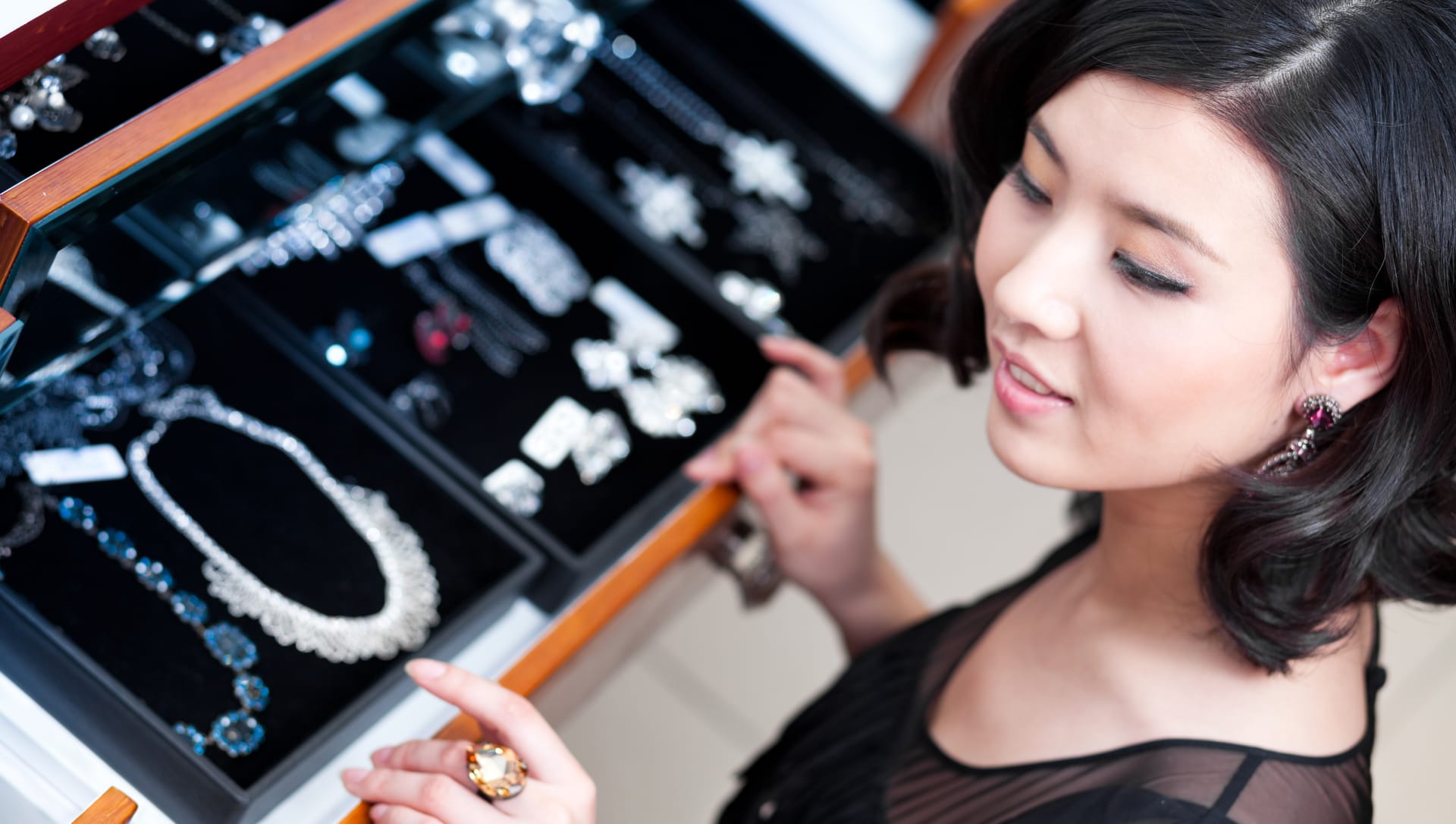Based on McKinsey research, 65% of luxury consumers buy luxury items to fulfill a long-term desire or goal.
The wealthiest, most successful individuals tend to be the biggest consumers of high-end category goods or services. This applies across the board, from recognizable luxury consumer categories like cars, watches, fashion, jewelry, food and beauty, all the way to areas like hospitality, sports, health, education and financial services.
Whatever the category, high-end goods and services are designed to deliver the best possible experience to the user. These are experiences that don’t just live up to expectations – they supersede them. Luxury is all about creating the ‘wow’ effect.
The combination of patronage by the rich and famous, and the reputation for delivering exquisite experiences, makes buying luxury goods aspirational. Design houses and service brands know the importance of word-of-mouth for public awareness and brand equity. The aspiration to wear or use the same products and services as affluent and prominent individuals is a powerful motivating factor in purchase decisions. Even if you already belong to the upper echelons of society, we all still want to follow and keep up!
Established luxury brands amplify the aspiration factor via careful media and PR activity, which these days include partnerships with carefully selected influencers that match the values – the DNA – of the design house.
New brands can also substantially benefit from influencers and can quickly penetrate a market by utilizing a strong direct-to-consumer strategy, disrupting the positioning of well-established design houses.



